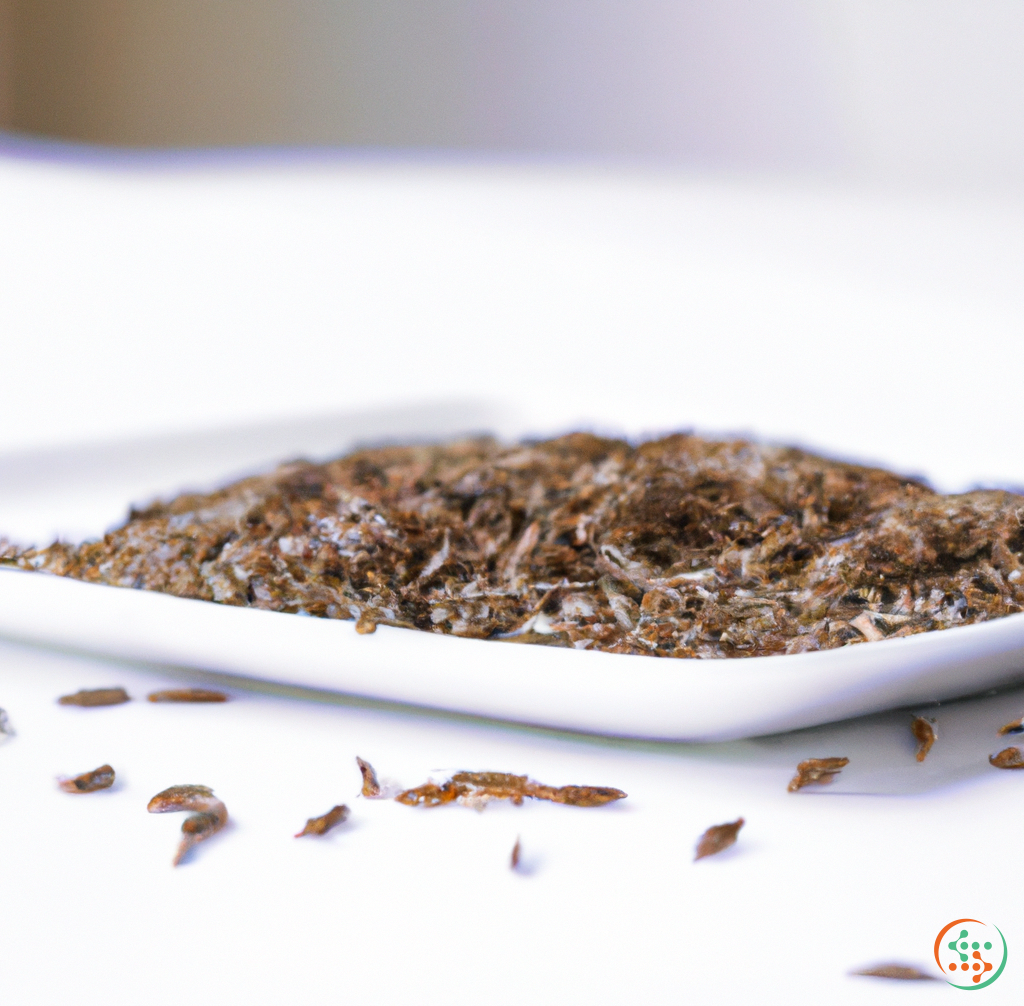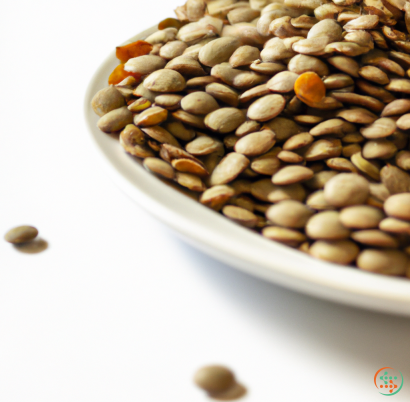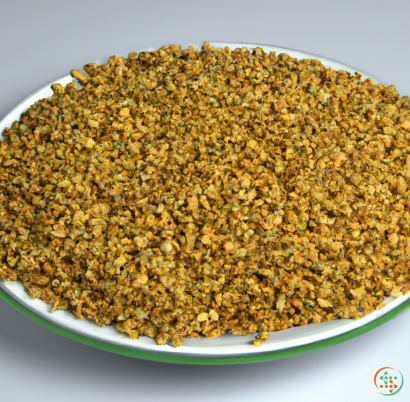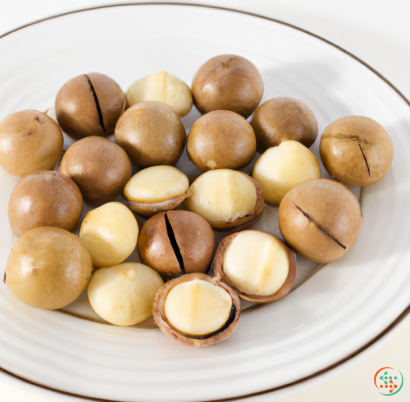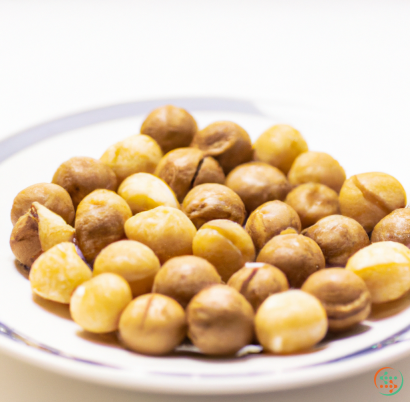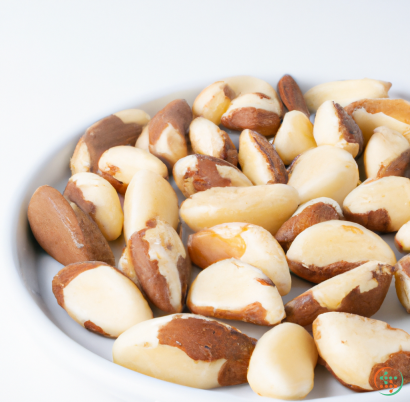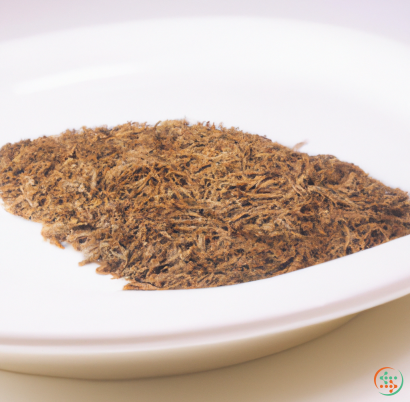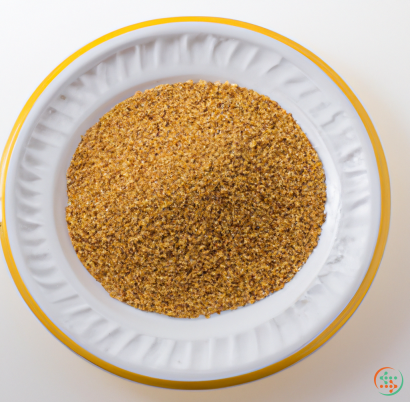Cumin Seed
If you love to cook, you probably already know that cumin is an important spice. It’s used in a wide variety of cuisines and adds a distinctive flavor to many dishes. But what is cumin, exactly?
Cumin is a plant native to the Mediterranean, Central Asia, and the Indian Subcontinent. The scientific name for cumin is Cuminum cyminum, and it’s part of the parsley family. The plant is annual and grows up to two feet tall.
Cumin is best known for the seeds that it produces. The seeds are yellow-brown in color and all about 3-4 millimeters long. The flavor of the seeds is earthy, nutty, and slightly peppery. Cumin has a strong, spicy note that many people enjoy.
The seeds are actually the dried fruit of the plant. Once they are harvested, they’re dry-roasted and ground into the spice that we’re familiar with. Fresh cumin is much milder than the ground powder, so if you’re looking for a more intense flavor use ground cumin instead.
Cumin has been around for thousands of years and was once a major ingredient in Egyptian cuisine. It’s been used for centuries in Indian, African, Latin American, and Middle Eastern dishes. In Asian cuisine, cumin is often combined with coriander. This combination is known as "dukkah".
There are actually two different types of cumin. The most commonly used variety is black cumin (Bunium persicum), which originates from the Mediterranean. The other type is white cumin (Cuminum cyminum), which is very popular in Indian cuisine. Both varieties contain very similar vitamins and minerals, although some people find black cumin to be more flavorful.
Cumin is an ingredient in many flavorful dishes, and has health benefits as well. It contains a number of vitamins and minerals, such as calcium, phosphorus, iron, magnesium, potassium, and zinc. Because of these properties, cumin can help to reduce inflammation, improve digestion, and aid in weight loss. It can also be used to fight off stomach bugs, since it has antimicrobial and antifungal properties.
When cooking with cumin, it’s important to remember that a little goes a long way. Start with just a small pinch of cumin and then add more according to your taste. Cumin pairs well with a wide variety of flavors, such as garlic, onion, peppers, and cilantro. It can be used in Mexican dishes, Indian curries, and Middle Eastern stews.
As you can see, cumin is an incredibly versatile spice that can be used in a variety of dishes. Its unique flavor is a great addition to many meals. So if you want to add an extra layer of flavor to your cooking, it’s definitely worth giving cumin a try!
When one thinks of an ordinary dinner plate, it is likely that the first thought is not of cumin seed. However, this common spice is part and parcel of countless dishes all over the world. In order to bring cumin seeds from the field to your dinner plate, a complex journey must be taken. From the time that cumin seed first takes root to the process of seed grinding and seasoning, a great deal of human labor and sensitive care must be carried out to properly prepare it for human consumption.
What is Cumin?
Before exploring the fascinating journey behind cumin seed production and consumption, it is important to discuss what cumin actually is. In general, cumin is an aromatic, annual herb of the Apiaceae family. It is believed to originally come from Iraq and Iran, but is now cultivated in many countries across the world such as India, Turkey, Syria, and China. The plant itself can tolerate a wide range of temperatures and soil types, making it both a versatile and hardy plant species.
Cumin seed, on the other hand, is the dried, dark yellow-brown seed of the cumin herb. Named cuminum cyminum in Latin, cumin seed has a fragrant, earthy, and slightly spicy taste. It is highly valued around the world as a defining flavor in curry powder, garam masala, baharat, and a very wide range of other recipes. Moreover, cumin seed is rich in essential oils, proteins, and vitamins such as thiamine and niacin, and is widely considered to possess medicinal value.
Harvesting Cumin
Cumin is considered to be a hardy crop that requires relatively little maintenance or fertilizer for success in a field. It thrives in tropical highland climates where the temperature ranges from 70 to 85°F (21 to 30°C) and with the availability of some irrigation. Planting usually takes place in the springtime when temperatures are high enough, taking one to two months to reach maturity.
The cumin harvest is usually timed to take place when the plants are naturally drying out but still in the vegetative state. Once harvested, the cumin is dried for several days until it is moisture-free and ready for the next stages of cumin seed production.
Roasting and Cleaning
Once the cumin seed is dried, it is time to roast and clean the seed in preparation for human consumption. Generally speaking, both of these processes are intricately intertwined, though they can be completed separately. Roasting is done in two stages: first a light roast and then a finishing roast. The light roast usually takes place in a pan or wok set over a hot open flame, allowing the seed to toast lightly. Once the seed is brought to a certain temperature, it is placed in a hot oven to complete the finishing roast of the cumin seed. This will give the cumin seed a deep roasted color, a more pungent smell, and a more pronounced flavor.
The cleaning process is completed separately. It is mostly done by hand and includes removing any impurities such as stones, dust, and chaff that may have come in contact with the cumin in the field or during the roasting process. Generally, the cleaning is done with sieves of different sizes, ensuring that only the purest and highest quality of the cumin seed makes its way through to the final product.
Grinding and Blending
After the cleaning process, the cumin seed is ready for any additional processing necessary for human consumption. This can include anything from grinding and blending to spice mixtures or freeze-drying. In some cases, the cumin seed can be grinded into a powder and then used as an ingredient. In other cases, it is mixed with other spices or herbs to create a flavorful blend.
The grinding process for cumin seed is relatively simple. It usually takes place in a stone or electric grinder to effectively break down the seed into small, fine particles. The resulting spice should have a consistent texture and heat level throughout, free of any large chunks of cumin. This is why it is important to ensure that the grinding process is done properly, as the final product should be uniform and of the highest quality.
Packaging and Labeling
Once the cumin seed is ground and/or blended, the final step is to package and label it for market. This process will vary depending on the merchant and their preferences, but the most common type of packaging includes glass jars, plastic bags, foil wrappers, and some combination of them. The labeling process is particularly important, as it provides customers with important information such as the ingredients contained within and the expiration date of the product.
Finally, after the packaging is completed and labeled, the cumin seed is ready for sale at local and international markets. From grocery stores and spice retailers to mom-and-pop shops, cumin seed can now be found in any location where a person might be in search of a flavorful addition to their dinner plate.
On Your Dinner Plate
All of the work and effort necessary to bring cumin seed from field to dinner plate are well worth the effort, as this ingredient is a key component to countless iconic recipes. From curries and jambalaya to tacos and hummus, just a small addition of cumin seed can completely transform the flavor of a dish. Not only is it delicious, but it is also nutritious with its richness in essential oils, proteins, and vitamins.
The journey of cumin seed is a long and fascinating one, and with just a bit of knowledge, one can better appreciate its unique flavor and history. It is important to note that the way in which cumin is produced and consumed is highly subjective and varies greatly depending on which country or culture someone might be in. No matter the way cumin is prepared, one thing remains true: its vitality in the kitchen cannot be underestimated.
| Vitamin A | 0.064 mg | |
| Beta-Carotene | 0.762 mg | |
| Vitamin E | 0.00333 grams | |
| Vitamin K | 0.0054 mg | |
| Vitamin C | 0.0077 grams | |
| Vitamin B1 | 0.63 mg | |
| Vitamin B2 | 0.33 mg | |
| Vitamin B3 | 0.00458 grams | |
| Vitamin B4 | 0.0247 grams | |
| Vitamin B6 | 0.44 mg | |
| Vitamin B9 | 0.01 mg |
| Calcium | 0.931 grams |
Daily Value 1.3 g
|
| Iron | 0.06636 grams |
Daily Value 0.018 g
|
| Magnesium | 0.366 grams |
Daily Value 0.4 g
|
| Phosphorus | 0.499 grams |
Daily Value 1.25 g
|
| Potassium | 1.788 grams |
Daily Value 4.7 g
|
| Sodium | 0.168 grams |
Daily Value 2.3 g
|
| Zinc | 0.0048 grams |
Daily Value 0.011 g
|
| Copper | 0.87 mg |
Daily Value 0.9 mg
|
| Manganese | 0.00333 grams |
Daily Value 0.0023 g
|
| Selenium | 0.0052 mg |
Daily Value 0.055 mg
|
| Total Sugars | 2.3 grams |
per 100g
|
| Capric acid (10:0) | 0.02 grams |
|
| Lauric acid (12:0) | 0.02 grams |
|
| Myristic acid (14:0) | 0.02 grams |
|
| Palmitic acid (16:0) | 1.14 grams |
|
| Stearic acid (18:0) | 0.34 grams |
|
| Total Saturated fatty acids: | 1.54 g | |
| Oleic acid (18:1) | 13.62 grams |
|
| Palmitoleic acid (16:1) | 0.21 grams |
|
| Gadoleic acid (20:1) | 0.21 grams |
|
| Total Monounsaturated fatty acids: | 14.04 g | |
| Linolenic acid (18:3) | 0.18 grams |
|
| Linoleic acid (18:2) | 3.1 grams |
|
| Total Polyunsaturated fatty acids: | 3.28 g | |
| Phytosterols | 0.07 grams |
|
| Total Sterols: | 0.07 g | |
